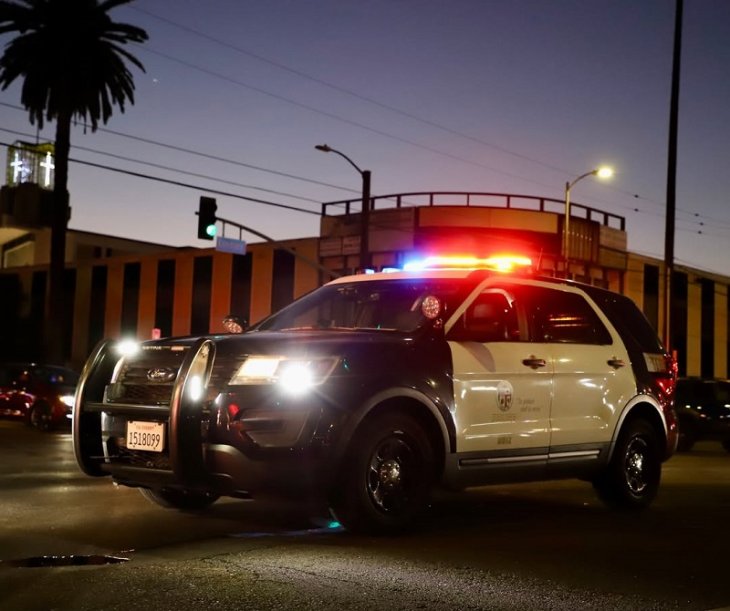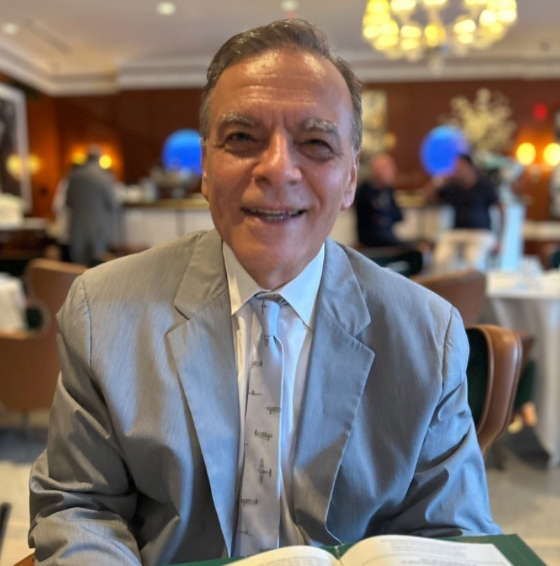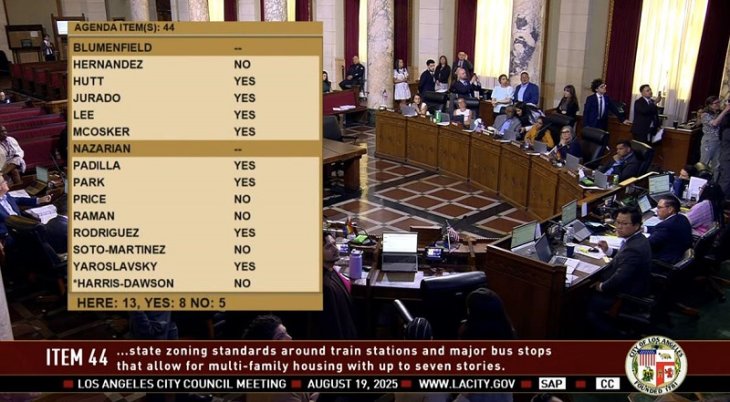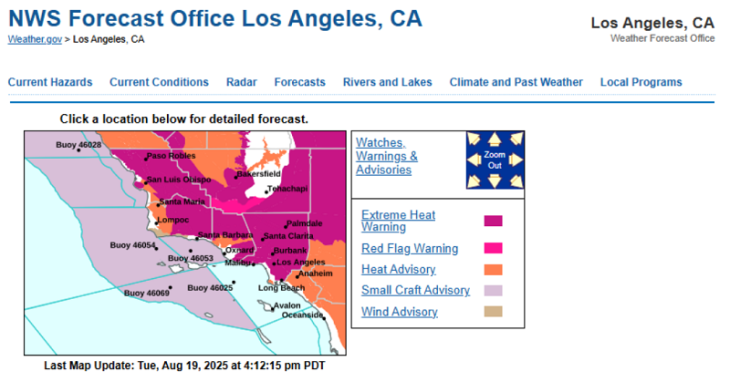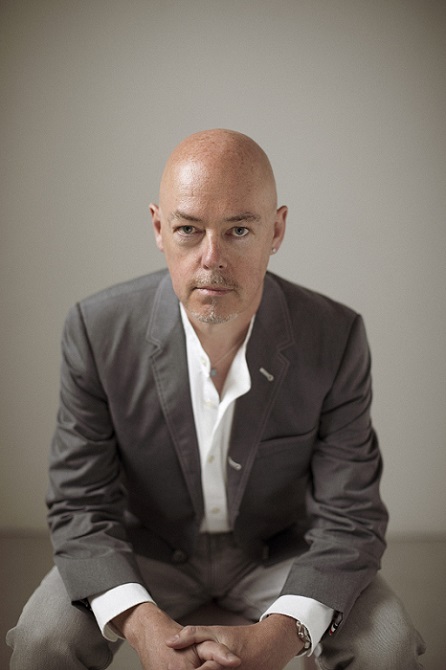BY ANNA GORMAN | LOS ANGELES – HIV negative Latino men who have sex with men (MSM) nationwide are three times more likely than white MSM to become HIV positive, according to a new report from the Centers for Disease Control and Prevention.
New HIV infections have declined in recent years for most Americans, especially among Latinos as a whole, women and IV drug users. But the CDC report, released this month, highlighted an increase in new infections among one group — Latino men who have sex with men.
In Los Angeles County there’s a similar disparity. While the numbers (through 2013) are dropping among white MSM it has remained stable but elevated for Latinos, according to a spokesperson for the Los Angeles County Department of Public Health.
Activists and prevention experts are nonetheless alarmed that the overall sustained decline in new infections is not enough to slow the epidemic below crisis levels. No data has yet been released beyond 2013.
Some are taking a deeper look at tailoring existing prevention and outreach strategies to fit a new tools in the fight against HIV. And even though it is too soon to tell if PrEP can make a further dent in the numbers (PrEP was slowly introduced in 2011), the daily Truvada pill is at the central to current prevention efforts aimed at Latino men.
Tu y Yo Vamos a Derrotar al SIDA
Late on a Friday night at The New Jalisco Bar downtown, a drag show featuring dancers dressed in sequined leotards and feathered headdresses had drawn a crowd — most of them gay Latino men.
Inside the bar and out, three health workers chatted with customers, casually asking questions: Do you know about the HIV prevention pill? Would you consider taking it? A few men said they had never heard of it. Others simply said it wasn’t for them.
“It (awareness of PrEP) hasn’t really hit the Latino community yet,” Jesse Hinostroza, an HIV prevention specialist with AltaMed health clinics, said while sitting at a table with a bowl of condoms and a stack of bilingual pamphlets about the pill. “Latino’s aren’t educated about it.”
In California health care agencies are trying to get more high-risk Latino men to use PrEP. “Pre-Exposure Prophylaxis” or PrEP, was approved by the FDA in 2012 for HIV prevention and has been shown to be more than 90 percent effective when used correctly. But health workers are encountering barriers among many Latinos.
Lack of knowledge about the drug, and the stigma attached to sleeping with men or perceived promiscuity is just one of the barriers. Many out Latinos also have concerns about costs and side effects.

“Even for people who have heard about it, that makes them reluctant to use or hesitant to even inquire about it,” said Phillip Schnarrs, assistant professor of health promotion at the University of Texas at San Antonio and research director for the Austin PrEP Access Project.
Schnarrs, who is conducting a study with gay and bisexual Latino men in Texas, said 58 percent of those surveyed see themselves as good candidates for PrEP, compared to 82 percent of non-Hispanic whites, according to preliminary data.
A New York City based study revealed a knowledge gap. 37 of the 40 Latino males surveyed had never heard about PrEP, said Omar Martinez, assistant professor of social work at the Temple University College of Public Health, who conducted the study.
Martinez said doctors and health workers need to focus on reaching young minority men at highest risk of getting HIV and transmitting it to others, including those who don’t regularly use condoms. “We need to do something,” he said. “And PrEP may be the solution.”
Latinos are also more likely than non-Hispanic whites and blacks to get diagnosed at a late stage in the course of their illness, raising the risks to their health and the likelihood of transmission to others. In fact, 17 percent of the total US population is Latino yet they make up 21 percent of new HIV infections.
At the same time, Latinos are less likely than non-Hispanic whites to be insured or have a regular doctor, although the Affordable Care Act has helped reduce that gap.

In California, health workers are trying to get more high-risk Latino men to use the drug, Truvada. AltaMed Health Services offered free HIV tests at The New Jalisco Bar in downtown Los Angeles on July 10, 2015. (Photos by Heidi de Marco/KHN)
Truvada, aka PrEP, can cost up to $1,300 a month. Most insurance companies and Medicaid programs are covering at least part of that, and many local governments are also covering the pill for uninsured residents. But the high sticker price can dampen interest among patients.
Truvada, which blocks the virus from spreading in the body, is helping to significantly reduce new infections, said Robert Grant, a professor at UC San Francisco School of Medicine who leads research on PrEP’s effectiveness.
But the pill does not protect against other sexually transmitted diseases, requires daily use and can cause side effects in some patients, including kidney problems.
“It is a very valuable option, but it is only one option,” Grant said. “Condoms are still very important part of a sexual health strategy.”
As customers at the New Jalisco Bar danced to traditional Mexican music beneath a disco ball and rainbow lights, Jaime Cardenas conducted HIV tests in a mobile unit parked in front. Anyone who tested on the spot received a free drink coupon, courtesy of AltaMed and the bar.
One of the first to agree was Erik Quezada, a counselor at a Los Angeles high school.
Cardenas drew a few drops of blood from Erik Quezada’s finger for the rapid test. Within minutes, Cardenas gave him the good news: He didn’t have HIV. Cardenas quickly followed up with information about the HIV prevention pill.
“One way you can prevent yourself from acquiring HIV is by taking PrEP,” Cardenas said, offering to take down Quezada’s number so the clinic could call him later.
Quezada, 35, responded that he had heard it was like the birth control pill for gay people. He agreed to be contacted but quickly added, “I don’t know I would ever sign up for it.”

Others were even less interested. Jose Arriola, 25, a self-described “diva,” said he didn’t want to take any medication. “It’s better to use condoms,” he said, sitting by his boyfriend at the bar.
A short video produced by AltaMed played between acts. The video featured different Latino men getting dressed: a cowboy for a night out, a day laborer for work, a buff young man for the gym. Each took the HIV-prevention pill as part of their routine. At the end of each segment, one word popped up on the screen: listo, or ready.
“We are really trying to project the message that taking PrEP can be a normal part of your everyday life,” said Dr. Scott Kim, medical director of HIV Services for AltaMed, which runs more than 40 health clinics in Southern California.
That, he hopes, will reduce stigma. Kim said health workers need to be more creative in places like East Los Angeles, where many gay and bisexual Latinos are still in the closet and aren’t getting information through traditional health-care sources. Talking about PrEP at a doctor’s office may not be as effective as doing so on social media, by text message or in a bar, he said. “There are a lot of social obstacles and challenges we have to negotiate here because it’s harder to be out,” Kim said.
AltaMed’s efforts are being paid for by Gilead, the pharmaceutical company that makes Truvada. The goal of its $80,000 grant is to help 100 high-risk gay Latino men throughout Los Angeles County get prescriptions for PrEP. The grant pays for the outreach but does not cover the cost of the medication.
In the first month of the project, about half a dozen patients received prescriptions. Hinostroza of AltaMed said there is more interest and more knowledge in gay-friendly Hollywood and West Hollywood. “But for East Los Angeles, where we are, it’s a struggle,” she said.
Louis Arevalo, 27, is a college student and AltaMed patient who lives in Los Angeles. He said he decided to go on the medication last month after getting scared when a condom broke. He said he uses condoms regularly and gets HIV-tested every three months, but the medication is “an extra layer of protection.”
“I’m not as anxious anymore,” he said.
But Arevalo said he understands the stigma that might prevent others from taking the drug. For years, he said, he has hidden his boyfriends from his mother, an immigrant from El Salvador. Arevalo said her church pastor repeatedly has said that homosexuality is a sin. “It’s just part of the culture, and it’s the religion,” he said.

AltaMed’s efforts are just one part of a larger effort to get the word out about Truvada. The nonprofit Latino Commission on AIDS, based in New York, also recently started a campaign in five cities — Long Beach, Calif.; New York City; Chicago; Miami; and San Juan, Puerto Rico.
Gustavo Morales, the commission’s director of access to care services, said now is the time to educate people about PrEP — lest too many people form negative opinions about it and health workers become “like salmon swimming against the current.”
Morales said patients aren’t the only ones who need more information. When he decided to go on PrEP late last year, he went to two different doctors who didn’t know about Truvada. A third asked him why he wanted to poison himself. Finally, he got a prescription from an HIV specialist.
“I was definitely disappointed,” said Morales. “There is a lot of work that still has to be done.”
A version of this article was first published Kaiser Health News | http://www.kaiserhealthnews.org and was contributed to by The Pride LA.




